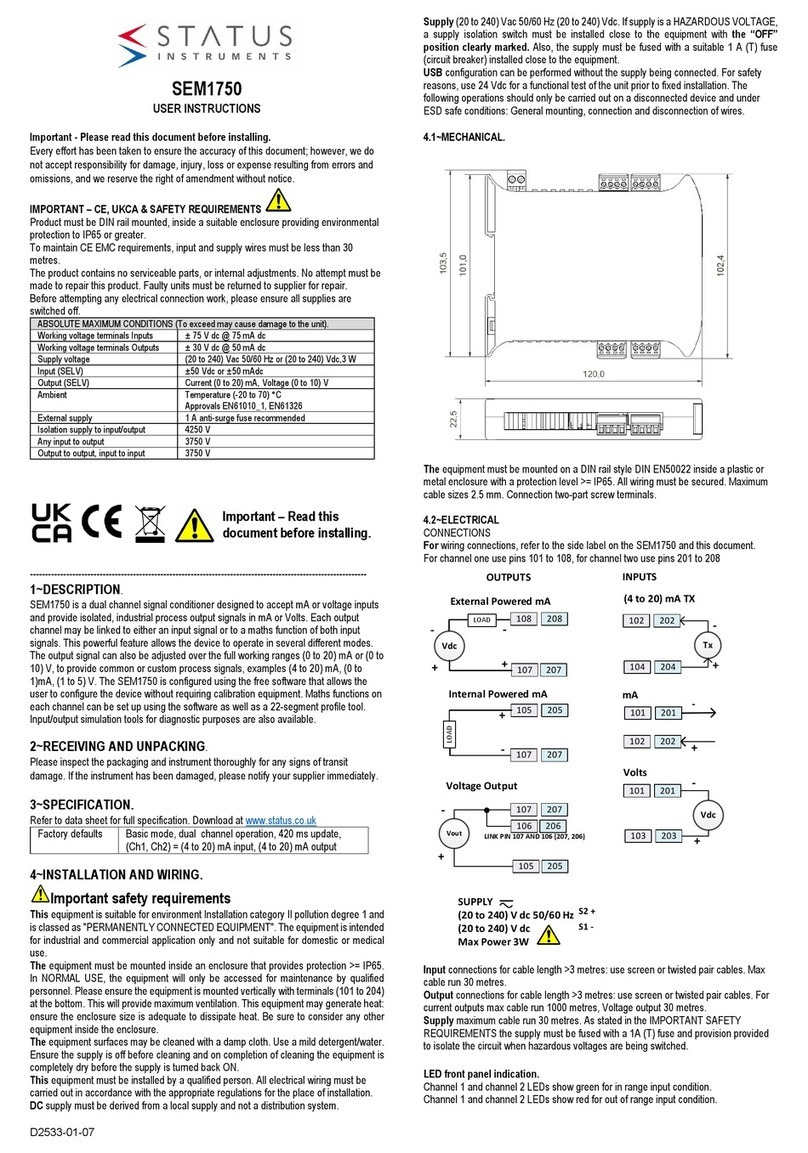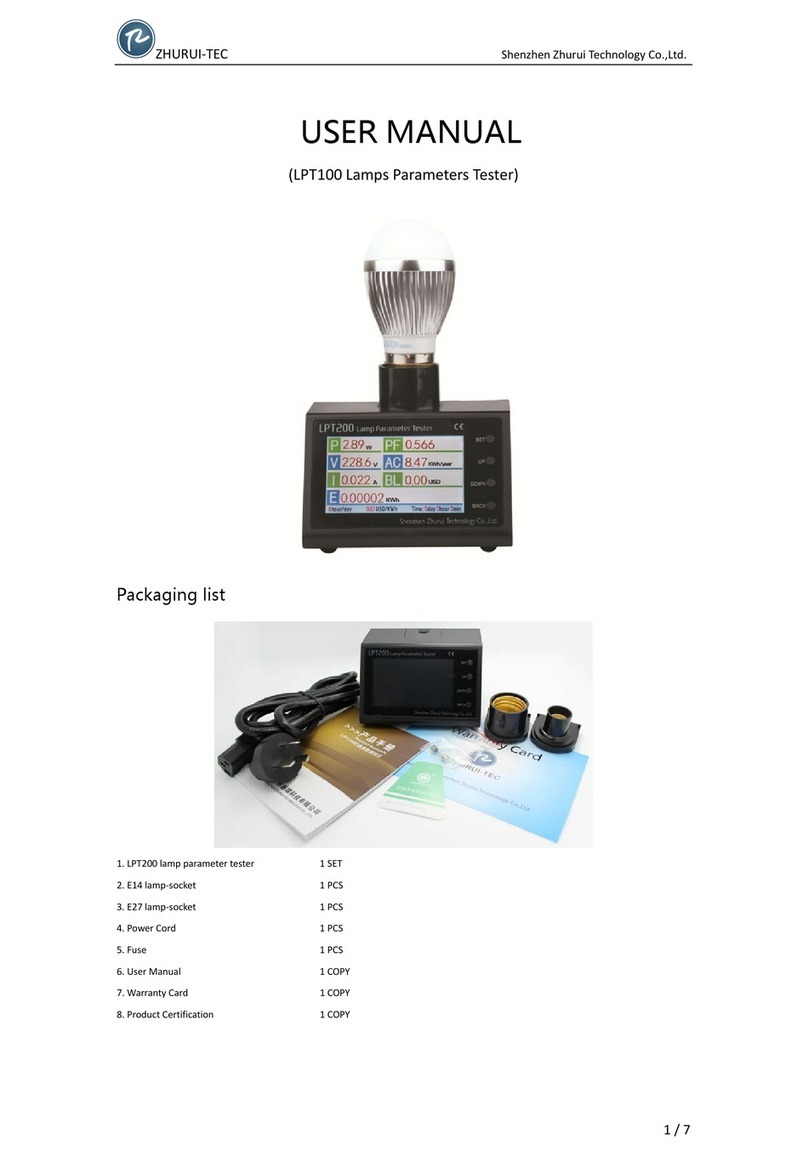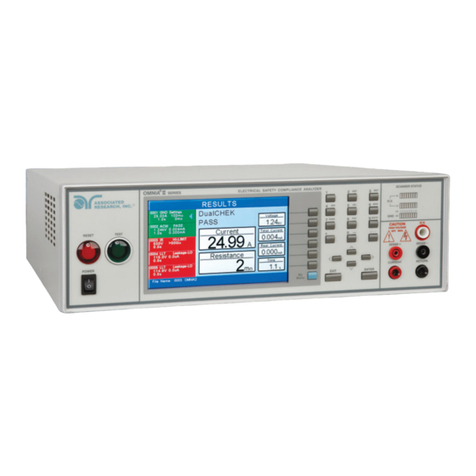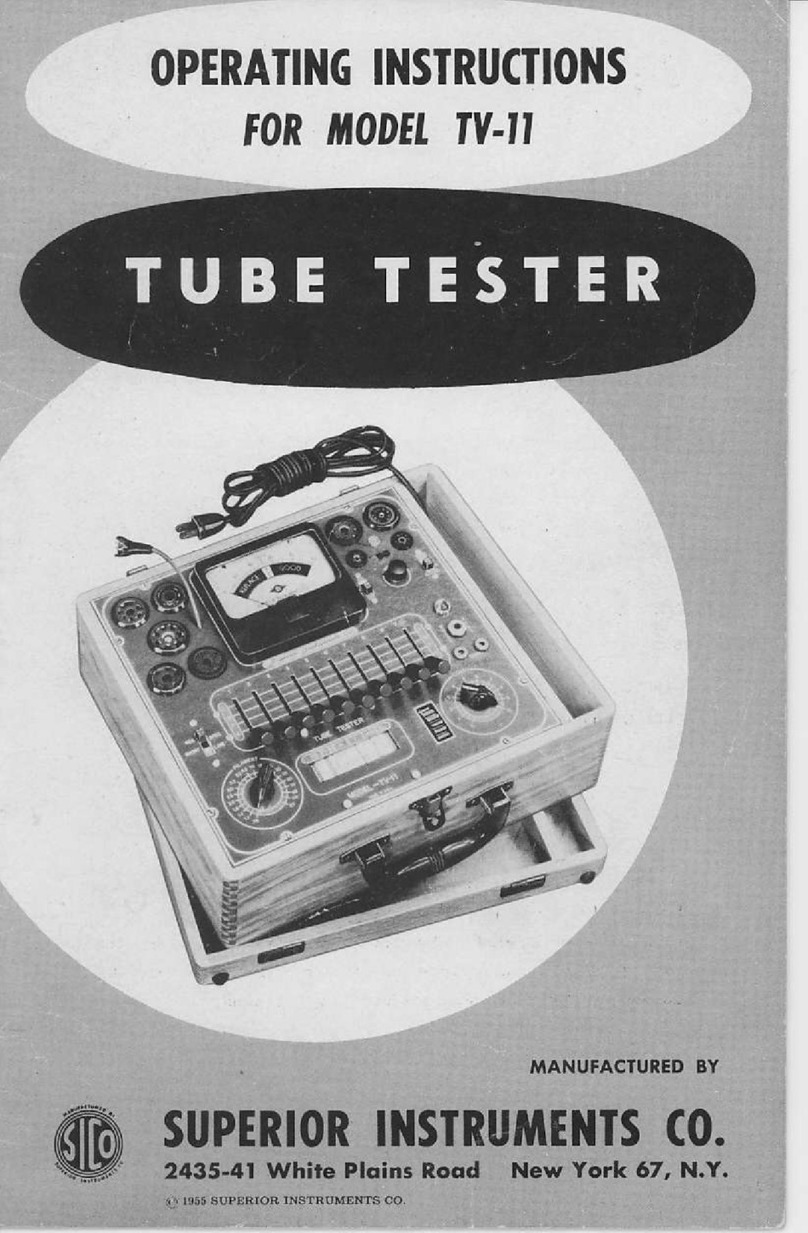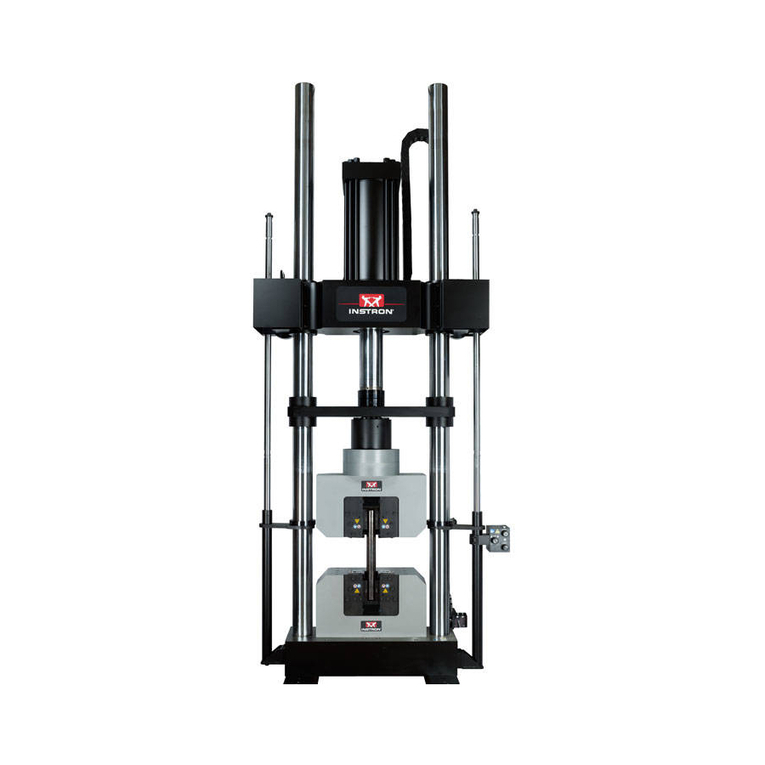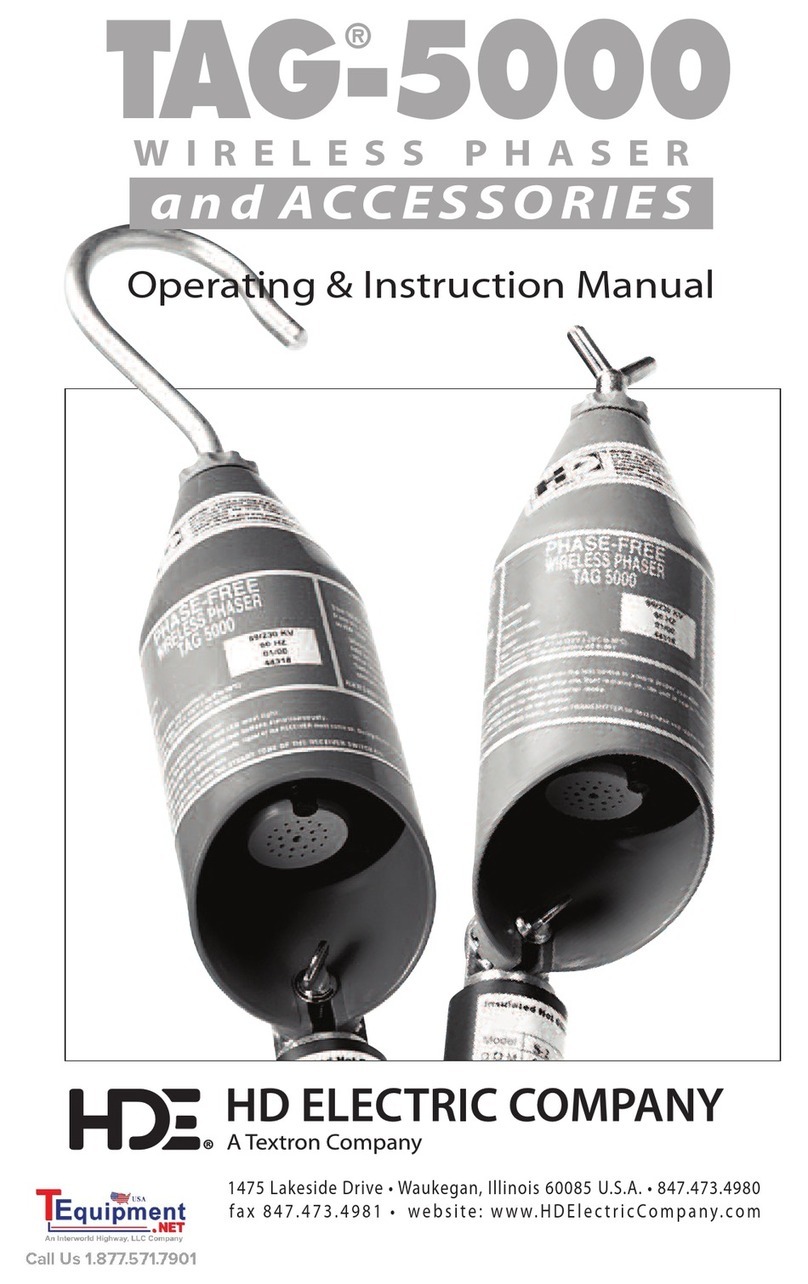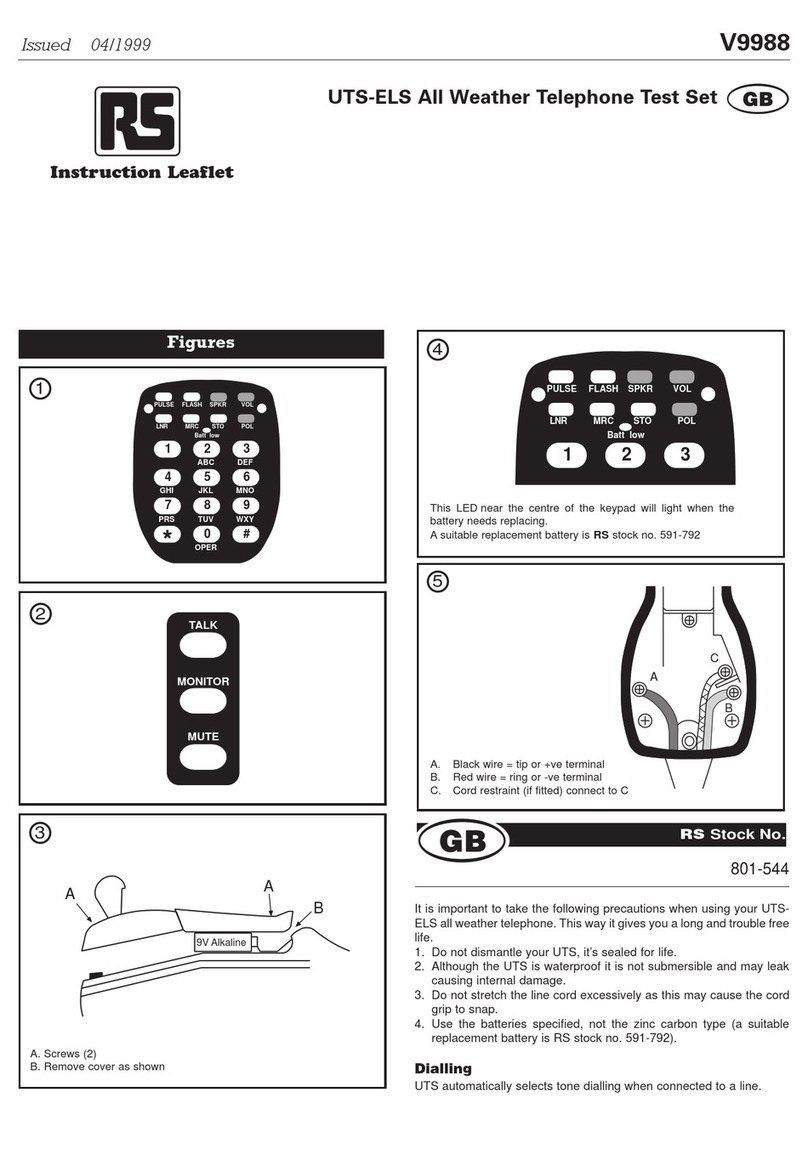Status Instruments SEM1700 User manual

D2475-01-09 CN5787 SEM1700 User Guide
SEM1700
USER INSTRUCTIONS
Important - Please read this document before installing.
Every effort has been taken to ensure the accuracy of this document; however, we do
not accept responsibility for damage, injury, loss or expense resulting from errors and
omissions, and we reserve the right of amendment without notice.
IMPORTANT - CE & SAFETY REQUIREMENTS
Product must be DIN rail mounted, inside a suitable enclosure providing environmental
protection to IP65 or greater.
To maintain CE EMC requirements, input and supply wires must be less than 30
metres.
The product contains no serviceable parts, or internal adjustments. No attempt must be
made to repair this product. Faulty units must be returned to supplier for repair.
Before attempting any electrical connection work, please ensure all supplies are
switched off.
ABSOLUTE MAXIMUM CONDITIONS (To exceed may cause damage to the unit).
Working voltage terminals 1 to 10
± 30 V dc, ± 50 mA dc
Working voltage terminals 11 to 18
240 V ac, ± 240 V dc
Isolation (11 to 12) to (1 to 10)
3750 V
Isolation (11 to 12) to (13 to 18)
3750 V
Isolation (13 to 18) to (1 to 10)
3750 V
Supply voltage
±240 V dc, ±240 V ac (protected for over voltage)
Input voltage
±24 V between any input terminals
Input current
±50 mA between any input terminals
Output
30 V dc
Relays
(240 V ac @ 1 A, 30 V dc @ 1 A) non inductive
Ambient
Temperature (-20 to 70) °C, Humidity (0 to 95) % RH (Non-condensing)
External supply
1 A anti-surge fuse recommended
---------------------------------------------------------------------------------------------------------------
1~DESCRIPTION.
The SEM1700 is a DIN rail-mounted universal signal conditioner from Status Instruments.
It has been designed to accept most common process and temperature sensor inputs and
provide the user with a programmable current or voltage output signal, plus dual relays
with a programmable delay function. Isolation is provided between input, output and
supply. All temperature ranges are linear to temperature. Both input and output loop
excitation are provided, as well as a universal power supply.
2~RECEIVING AND UNPACKING.
Please inspect the packaging and instrument thoroughly for any signs of transit
damage. If the instrument has been damaged, please notify your supplier immediately.
3~SPECIFICATION.
Refer to data sheet for full specification. Download at www.status.co.uk
Factory defaults
Input Pt100, output (4 to 20) mA = (0 to 100) °C
relays high alarm @ 50°C, damping off, buttons off,
Sample rate 1000 ms
4~INSTALLATION AND WIRING.
Important safety requirements
This equipment is suitable for environment installation category II pollution degree 1
and is classed as "PERMANENTLY CONNECTED EQUIPMENT".
In NORMAL USE, the equipment will only be accessed for maintenance by qualified
personnel. Please ensure the equipment is mounted vertically with terminals (1-10) at
the bottom. This will provide maximum ventilation and ensure correct operation of the
cold junction sensor. This equipment may generate heat; ensure the enclosure size is
adequate to dissipate heat. Be sure to consider any other equipment inside the
enclosure.
The equipment surfaces may be cleaned with a damp cloth. Use a mild detergent on a
damp cloth. Ensure the supply is off before cleaning and on completion of cleaning the
equipment is completely dry before the supply is turned back ON.
To keep the safety distances, the relay on the device must not be connected to both
hazardous and non-hazardous voltages.
This equipment must be installed by a qualified person. All electrical wiring must be
carried out in accordance with the appropriate regulations for the place of installation.
Dc supply must be derived from a local supply and not a distribution system.
Supply (22 to 240) V ac 50/60 Hz, (20 to 240) V dc. If the supply is a HAZARDOUS
VOLTAGE, a supply isolation switch must be installed close to the equipment with the
“OFF” position clearly marked. Also, the supply must be fused with a suitable 1A (T)
fuse (circuit breaker) installed close to the equipment. Maximum cable run 50 m.
Relay 1,2 outputs are isolated from each other. Max switching current (1 A @ 240 V ac,
1 A @ 30 V dc) Non-Inductive. Fuse relay circuits with a suitable 2A (T) fuse installed
close the equipment. If a HAZARDOUS VOLTAGE is being switched, then an isolation
switch must also be installed close to the equipment with the off position clearly
marked.
USB configuration can be performed without the supply being connected. For safety
reasons, use a 24 VDC for functional test of unit prior to fixed installation. The following
operations should only be carried out on a disconnected device and under ESD safe
conditions.
4.1~MECHANICAL.
The equipment must be mounted on a DIN rail style DIN EN 50022 inside a plastic or
metal enclosure with a protection level >= IP65. All wiring must be secured. Maximum
cable sizes 2.5 mm. Connection two-part screw terminals.
4.2~ELECTRICAL
CONNECTIONS
For wiring connections refer to the side label on the SEM1700 and this document.
Input connections for cable length >3 metres use screen or twisted pair cables.
Thermocouple connections: use the correct compensating cable. Pt100 connection; all
wires must be equal length (resistance). Max cable run 30 metres.
Output connections for cable length >3 metres use screen or twisted pair cables. For
current outputs max cable run 1000 metres, Voltage output 30 Metres.
Relay connections –relays 1 and 2 are isolated from each other. As stated in the
IMPORTANT SAFETY REQUIREMENTS relay circuit must be fused with a 2A (T) fuse
and provision provided to isolate the circuit when hazardous voltages are being
switched.
Supply maximum cable run 30 metres. As stated in the IMPORTANT SAFETY
REQUIREMENTS the supply must be fused with a 1A (T) fuse and provision provided
to isolate the circuit when hazardous voltages are being switched.

D2475-01-09 CN5787 SEM1700 User Guide
5~USER CONFIGURATION.
Read the Important safety requirements
5.1~MANUAL CONFIGURATION
User trim function allows manual adjustment of the analogue output. This is useful for
minor calibration adjustment or trimming out any sensor error; ± 5 % of range
adjustment is available at both offset and span. Raise and lower buttons are provided
on the front panel of the transmitter, accessed using a 3 mm flat blade screwdriver.
Insert the screwdriver into the appropriate slot to operate the button. The button has a
click action.
The transmitter will automatically detect the correct trim point (offset or span) based on
the output signal. Offset will be trimmed when the current is in the offset band, span
when the current is in the span band. No trim action occurs at any input value.
User trim method (option selected in software)
Connect the device to a suitable input simulator/sensor. Connect a digital meter to
monitor the output. Turn on device, set input to offset/span trim point.
Enter trim menu by pressing ˄for > 2 s.
When the trim menu is open the STATE LED will flash as shown below.
If performing two-point trim always trim, offset point first.
User trim method (continued)
Adjust output current by pressing either the ˄or ˅
button, single click to step advance, or press
continuously to auto advance.
Once adjust is complete, allow 30 s with no button
press. The transmitter will time out and return to
normal operation.
User range function allows two-point manual configuration of the re-transmission
current (voltage) at low and high range against a live input signal. This is useful for on-
site configuration. Example, with a slide wire input, the user manually positions the slide
at both low and high positions and configures the unit to operate over the range.
Configuration is achieved using either the raise (span) or lower (offset) buttons.
User range method (option selected in software)
Connect the device to a suitable input simulator/sensor. Connect a digital meter to
monitor the output. Turn on device, set input to offset/span range point.
Enter range menu by pressing ˄or ˅for > 2 s.
When the trim menu is open the STATE LED will flash as shown below.
User trim method (continued)
Once the menu has been entered, quickly
(within 1 s) ˄or ˅button to enter and
store setting.
To abort configuration, allow config to time
out by not pressing buttons for 5 s.
5.2~PC CONFIGURATION
During configuration the equipment takes its power from the USB port, therefore no
power connection is required. The equipment can be configured whilst powered but the
computer used must be isolated from the supply earth to avoid grounded earth loop
effects.
Device
USBSPEEDLINK software
USB CABLE
COMPUTER
Configuration steps using USBSpeedLink
Download install and run USBSpeedLink
Connect device to PC using an A to mini B USB lead
Upload device set-up into the configuration software
Adjust settings as required
Send new configuration to the device
USBSpeedLink software configuration screen for SEM1700
Note: When the device is correctly connected, the “Send” and “Receive” menu buttons
will turn black and the “data” section of the screen will open on the right.
INPUT TYPE
Select input sensor, or process type required. Also used for adjustable sample time and
gives a user-field to save text to the device
TEMPERATURE RANGE/SCALE PROCESS
Set the unit and range in temperature mode, and engineering units and scaling range in
process mode.
ANALOGUE OUTPUTS
Select mA or voltage output, either pre-set ranges or a user-defined range can be
entered.
User-adjustable damping of the analogue output is provided for both rising and falling
signals. The adjustable range is (0 to 250) second for a (0 to 20) mA or (0 to 10) V swing.
To calculate the maximum rate of change of the output signal, divide 20 mA (10 V) by
the damping setting. Example, if the damping is set to 100 s, the mA output will change
at a maximum rate of (20/100) = 0.2 mA /s.
Error signal direction for temperature mode.
Front of panel button function control for user trim, user range and off is selectable.
RELAY 1 and RELAY 2
The contacts are rated at 240 V ac 1 A (Non inductive) 30 V DC 1 A. An external
snubber network is recommended when switching inductive circuits. Please ensure the
snubber network is rated for the application. Four actions are provided, as detailed
below.
Alarm actions may also be used for inverted control applications. Adjustable setpoint
and dead-band are provided together with adjustable on and off delays for each relay.
The delay range is (0 to 250) s.
SP DB
Relay
Led
SP
Relay
Led
DB
Relay
Led
SP DB
SP
Relay
Led
DB
Hi_Alrm
or
Inverted
Hi_Ctrl
Lo_Alrm
or
Inverted
Lo_Ctrl
Hi_Ctrl
or
Inverted
Hi_Alrm
Lo_Ctrl
or
Inverted
Lo_Alrm
USBSpeedLink configuration software is available online at www.status.co.uk
This guide is also available online at www.status.co.uk
Status Instruments Ltd, Status Business Park, Gannaway Lane, Tewkesbury, Gloucestershire, UK, GL20 8FD,
Web Page: www.status.co.uk,
Tel: +44 (0) 1684 296818, Fax: +44 (0) 1684 293746
Other Status Instruments Test Equipment manuals
Popular Test Equipment manuals by other brands

Gamry Instruments
Gamry Instruments Universal Dummy Cell 3 Operator's manual
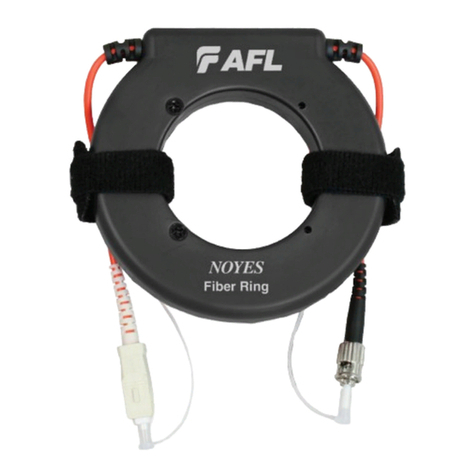
AFL
AFL FR1 Series manual
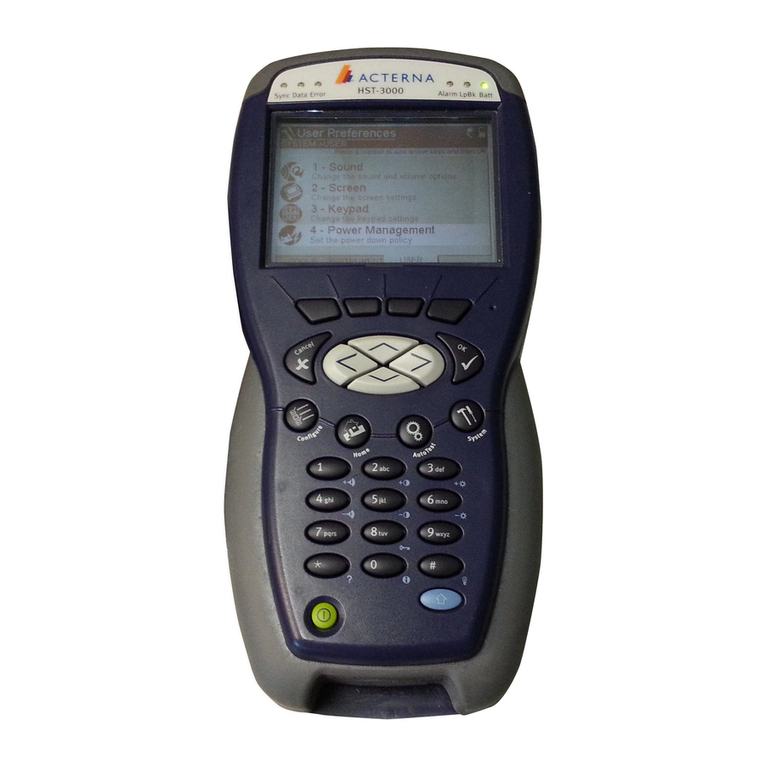
JDS Uniphase
JDS Uniphase IP Video Test Option HST-3000 instruction manual
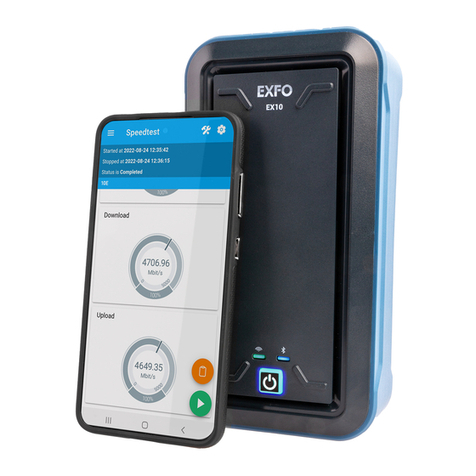
EXFO
EXFO EX10 user guide
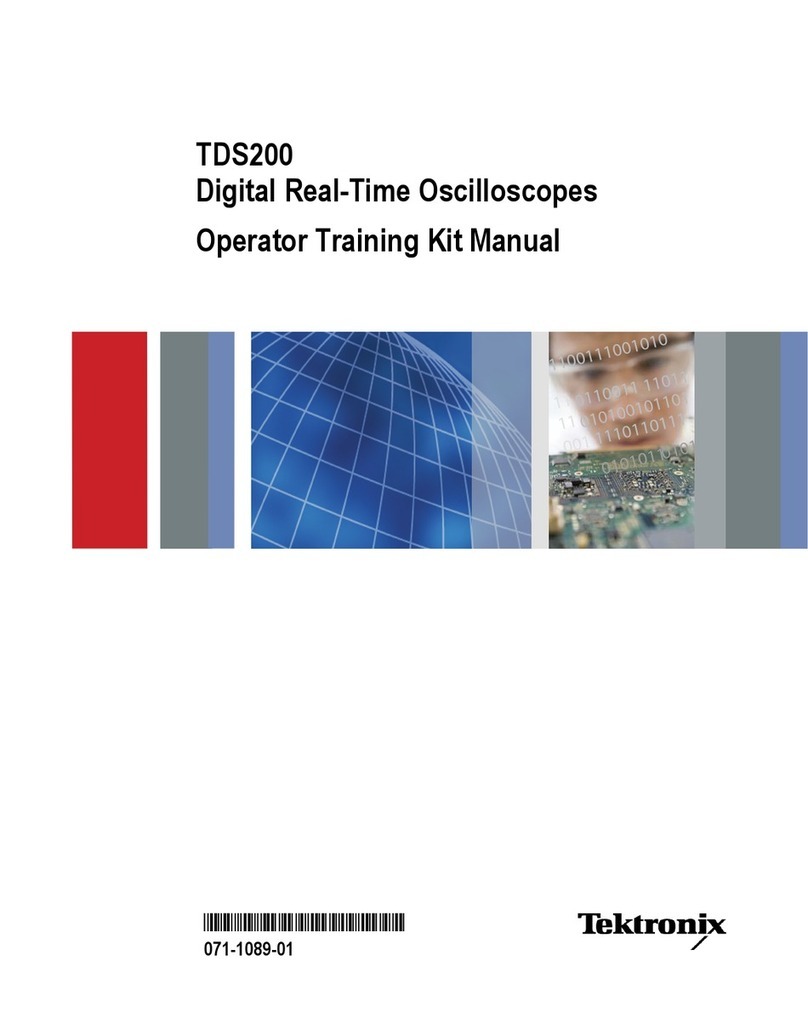
Tektronix
Tektronix TDS200 Series Operator training kit manual
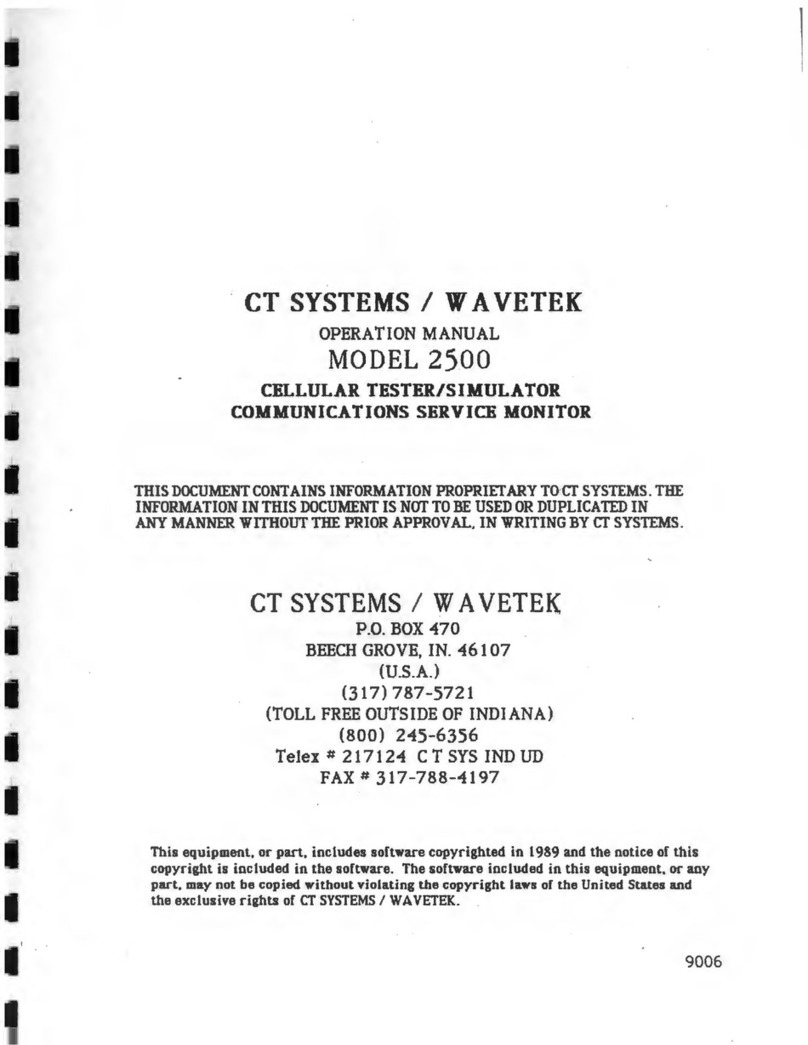
CT Systems
CT Systems Wavetek 2500 Operation manual
